The local Aboriginal tribe, the Ngunawal peoples,1consists of a number of different clans bounded by the broad language groups of Wiradjuri, Ngrio (Ngarigo), Gundungurra and Yuin. The Tuggeranong2 plain of Canberra is at the southern extremity of Ngunawal country. The Canberra region is generally understood to have been a meeting place, suggesting that there was a reliable food and water supply and that pathways were significant as people moved from place to place through transitional cultural boundaries following river and creek corridors and the ridges and spurs of hills and mountains. Pathways may be the means of access across the region and, in the case of the main ranges visible from the highpoints of the Tuggeranong area, a physical and visual link to major spiritual centres and gathering places in the Snowy Mountains.3
For Aboriginal culture there are inextricable links between sacred and secular landscape values. Aboriginal people always did things with a witness, whether it is the spirits of a mountain, the water, the flowers. Therefore, open sites such as the stone artefact scatters found around the Tuggeranong homestead will be related to other landscape features by story and association.4 Similarly, grinding grooves, such as those located east of the Tuggeranong homestead, may be found in association with a significant rock outcrop yet equally suitable rock is not used in other places.5 Put into the local context, Ngunawal Dreaming refers to people emerging from their origins beneath the rocks.6
A corroboree was witnessed and recorded at Tuggeranong by William Edward Riley sometime during the 1820s prior to January 1828.7 However, by 1834 the record of distribution of government blankets from “Jane Vale” (Tuggeranong) indicates that Aboriginal society in the region had already been severely affected by colonisation. G A Robinson, Protector of Aborigines, in 1844, provided a chilling indication of what may have happened to some of the early “Onerwal” (Ngunawal) of the Yass area when he wrote, “Yass and Bathurst blacks in the early settling of the colony were said to have been troublesome, and that in consequence commandoes had been sent out against them.”8 However, most journal references of the early settlers in and around the Tuggeranong plains suggest that the relationship between the new settlers and the remaining Aboriginal people who moved through the Canberra region was relatively amicable. The occasional corroboree and other ceremonial activities were mentioned into the 1860s, with Aboriginal groups and individuals congregating on the edge of pastoralists’ properties, villages and towns. Government polices eventually marshalled Aboriginal people of the region to missions near Yass and Tumut till the mid 1950s.
Today, our understanding of traditional Aboriginal cultural lifestyle and community values of the region depends on the continued guidance of the descendants of these early Aboriginal communities
Karen Williams – 6 February 2007
1. The spelling of ‘Ngunawal’ can only ever be an approximation, the result of an early European attempt to write an Aboriginal spoken word from an oral tradition and, as such, there are many variations to be found. 2. Tuggeranong is an anglicised Aboriginal word that means cold plain. 3. Mason, R. 2003, pers. comm. 7 December. 4. Mason, R. 2003, pers. comm. 7 December. 5. Boot, P. 2003, Archaeological approaches to understanding the Yuin sacred landscape, paper presented at to the Australian Archaeological Association Conference 2003, Jindabyne, December. 6. Bell, D., pers. comm. 7. Riley, W.E. ML MSS A 109 (mfm CY 738) Documents, 1817-1856, p. 114 (courtesy of Rebecca Lamb). 8. Mackaness, G., 1941, George Augustus Robinson’s Journey Into Southeastern Australia, 1844, Royal Australian Historical Society – Journal and Proceedings, Vol 27, Pt 5, p. 25-26.



